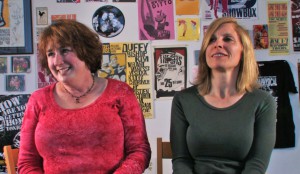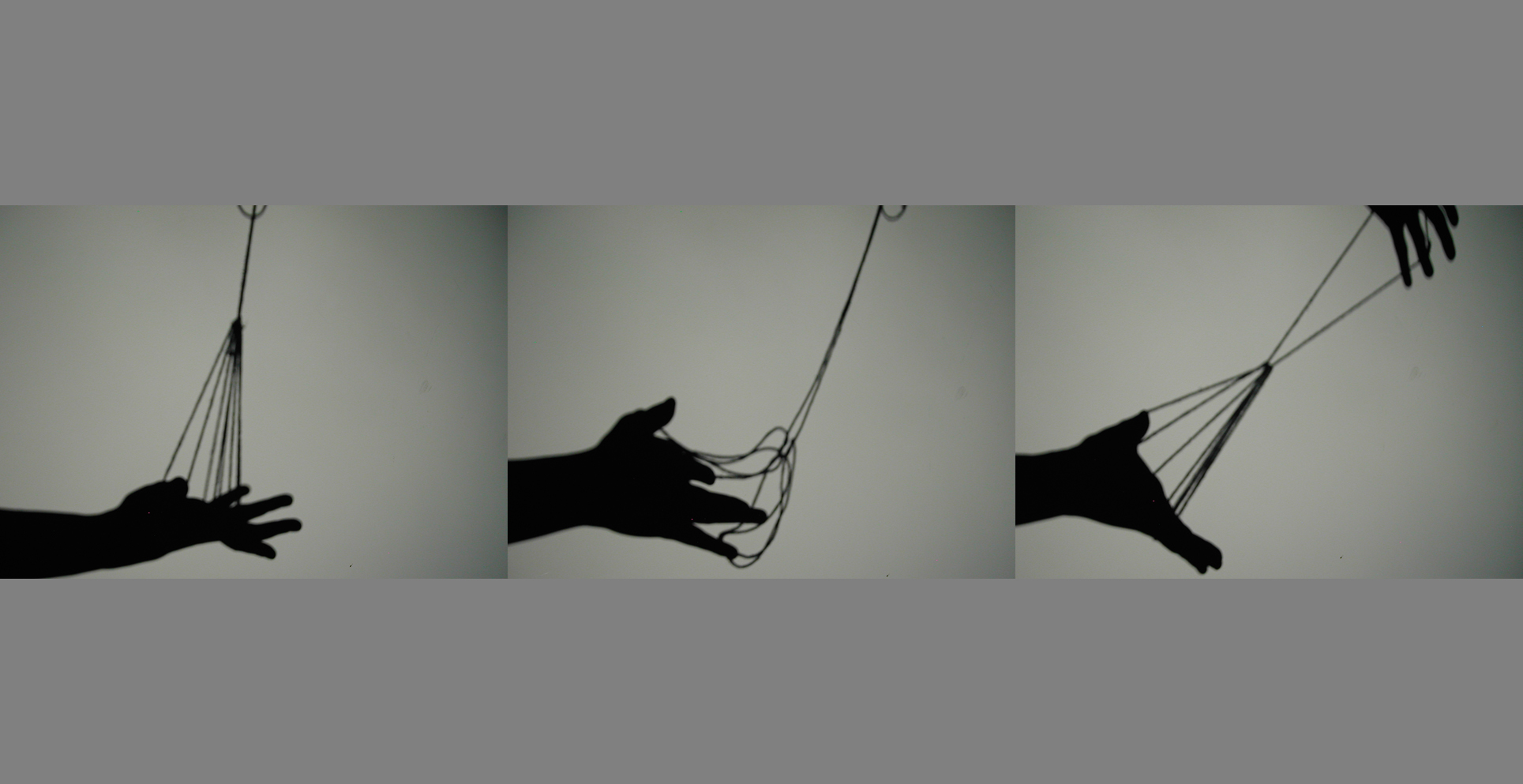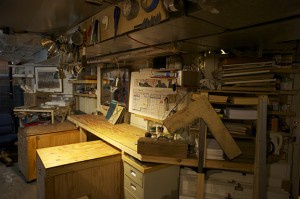Listen to music from the film
About Magda G
Garrett Fisher is currently composing his most ambitious opera to date, Magda. Infused with hints of the Greek tragedy Medea,Magda (with libretto by Amy Schrader) will be based on the wife of Nazi Germany’s Propaganda Minister Joseph Goebbels. Magda bore six children, whose names all began with the letter “H,” supposedly out of reverence for Hitler. In 1945, in the Führerbunker, Magda Goebbels murdered her children before committing double suicide with her husband. In Euripides’ play, Medea murders her children to seek revenge against her unfaithful husband. Magda, on the other hand, performed the act as protest against a quickly changing political landscape. The opera explores the similarities and differences between these two figures and their stories.
In 2012-2013, this opera will become the key element of a new film, Magda G, directed by Ryan K Adams and written by Garrett Fisher/Amy Schrader. The film centers on the actress Johanna Halcón who stars in the production, and who finds herself implicated in the opera’s story and subject matter in unusual (and unfortunate) ways. This Greek tragedy-within-an opera-within-a-film reveals itself much like a Russian doll, and resonates with our own culture’s struggle to discern what is real and what is propaganda, what is historical and what is fictional, cutting to the very core of our struggle to make sense of a confusing and ever-innovating universe. Magda G has received support from 4Culture.
About Garrett Fisher
For the past 16 years, with the support of the Fisher Ensemble, Seattle-based Garrett Fisher has been developing a music-based theatrical genre that combines ritual and myth and bridges ancient and modern traditions. The New York Times heralds these operatic works as “fusions that have both a ritualistic intensity and an improvisatory freedom…a strong, unified and strikingly individual utterance of unambiguous beauty.”
Garrett Fisher studied at Oberlin College and Conservatory. During his childhood, his family lived in such locations as Istanbul, London, and Paris. When he moved to Seattle in 1994, he studied Indian vocal music with Shujaat Hussein Khan and developed an interest in the Indian classical form of the Raga. Since then, Fisher has woven his own “ragas” into his operatic scores. These govern not only musical elements but theatrical direction and dramatic intent, an approach accentuates the value of collaboration with all participants.
As part of the Fisher Ensemble in Seattle, he has created and performed his original operas at On the Boards, Consolidated Works, and the Nippon Kan Theater, as well as in New York at HERE Arts Center and Judson Memorial Church. His operas have received acclaim from The New York Times, The Wall Street Journal, TimeOut NY, New York Magazine, The New Yorker, Gramophone, Fanfare Magazine, Classics Today, City Arts Magazine, The Seattle Times, NewMusicBox, The Seattle Post-Intelligencer, and Seattle Weekly. He has been interviewed by WNYC (David Garland), KUOW (David Beck, Marcie Sillman), NewMusicBox (Molly Sheridan), and the Seattle Post-Intelligencer (Richard Campbell). The Fisher Ensemble received a “Best of ’08″ award from Seattle Magazine. His opera The Passion of Saint Thomas More, on the BIS label (Sweden), received a 10/10 from Classics Today and was re-released as part of a 30 year/30 recording commemorative set. He has received commissions from such organizations as CrossSound (Alaska), House of Dames, AC Petersen Dance, and the Esoterics (Seattle), and has received support from 4culture, the Allied Arts Foundation, ASCAP, Bossack Heilbron Foundation, Centrum Arts Colony, City of Seattle Office of Arts and Cultural Affairs, the King County Arts Commission, the King County Performance Network, Meet The Composer, Puffin Foundation, the Seattle Arts Commission and the Wiggly World Foundation. He was also awarded a Seattle Magazine Artist Spotlight Award in 2011. Garrett’s blog is available at www.garrettfisher.org.
About Ryan K. Adams
Filmmaker and Cinematographer Ryan K Adams has been making films for 15 years. He studied classic experimental cinema at The Evergreen State College. Adams’ collaborations with experimental filmmaker Jon Behrens have shown worldwide and are distributed by Canyon Cinema. As a cinematographer, Ryan has shot several feature length films including, The Oregonian, which debuted at Sundance in 2011. The film is currently distributed by Sundance and is available online (Itunes, Netflix, Hulu). Adams’ William Never Married won Best Cinematography at the 2010 Downtown Film Festival Los Angeles (available on Hulu). His collaborations with Seattle based artist, Susie Lee, on a series of video portraits called Still Lives, have been shown around the world and one portrait is currently on exhibit at the Frye Art Museum. Ryan’s most recent collaboration with the Fisher Ensemble was the creation of the video backdrops used in the performance ofKocho at Galapagos Art Space in 2011.
About the Fisher Ensemble
The Fisher Ensemble creates music-theater that seeks to be a vital part of our community and culture. Combining diverse influences into a unique sound, the Ensemble’s works invite audiences to re-imagine the contemporary world through lenses of myth and history. Since the company’s founding in 1994, the Fisher Ensemble has presented twelve full length pieces which incorporate music, movement and theater in both Seattle and New York City. Seattle-based composer Garrett Fisher creates pieces that highlight the ensemble’s eclectic instrumentation – regularly employing Indian harmonium, 6 string fretted acoustic bass, gongs, Taiko percussion, and flute. The Fisher Ensemble has expanded to garner international recognition as well as critical acclaim from the New York Times, the New Yorker, and the Wall Street Journal. The ensemble’s most recent work “Kocho,” was recently produced by Beth Morrison in New York City in 2011.
Above image: José Luis Muñoz performing “Les Voyelles” from Magda G in The Project Room. Photo by Adam Forslund
































